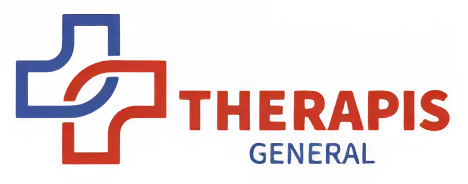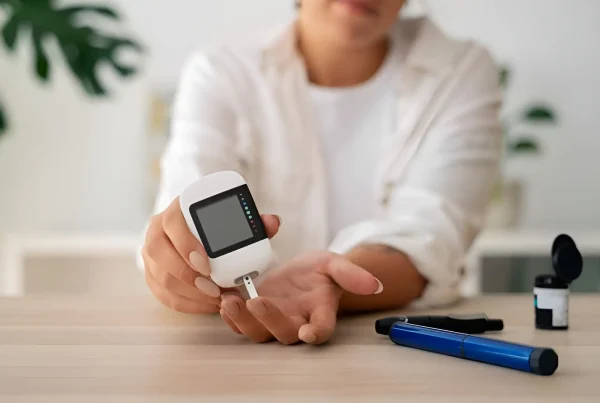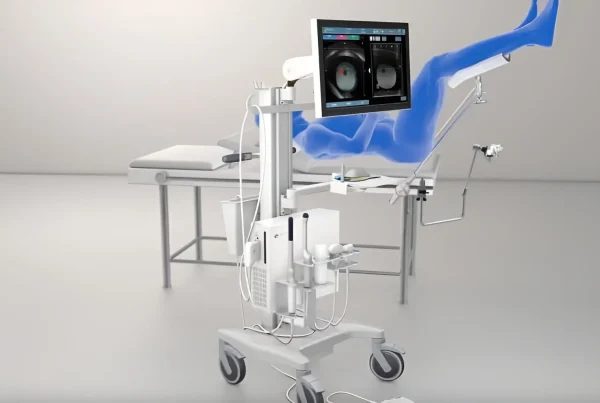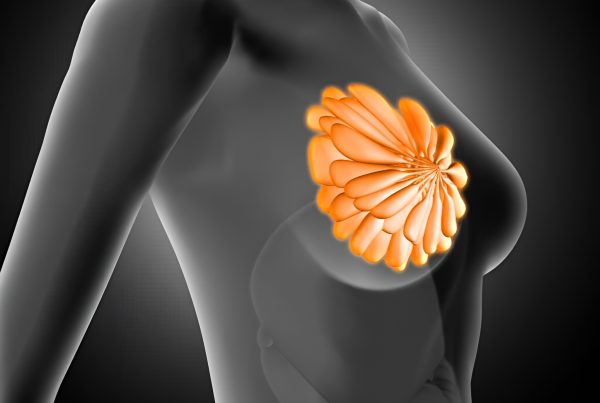The treatment of large kidney stones over 2 cm or coraloid stones (stones that occupy the kidney) or stones in the lower calyx that are not accessible with the flexible ureteroscope is done with the minimally invasive technique of Ultra Mini Laser Percutaneous Lithotripsy. From a small hole (<1cm), the modern endourologist enters the kidney and using modern mini nephroscopes under direct vision, approaches the stone and using modern powerful High Power Lasers, fragments the stone exiting the patient’s body through the small hole in comparisons.
Ultra mini percutaneous is the impressive evolution of the classic percutaneous which however with a much smaller hole than the classic technique in a minimally invasive way using small tools and High Power Laser fragments the stone.The old technique is an effective technique however it is quite traumatic and bleeding compared to the ultra mini where the hole is less than 0.5 cm.
The tool is atraumatic with dimensions of a few millimeters, and the endourologist using the laser makes the patient free of lithiasis while preserving the patient’s kidney.
The patient in the majority of cases can be discharged the next day and return to activity immediately.
The goal during this procedure is to fragment the stone, preserve the urinary tract and take a sample of the stone for chemical analysis of it and further specialized treatment by the lithiasis team based on its recommendation.
Dr. Ioannis S. Katafigiotis MD, PhD, FEBU, FECSM
UROLOGICAL ANDROLOGICAL SURGEON
Fellow of the European Board of Urology
Fellow of the European Committee of Sexual Medicine
Trained at Carl Gustav Carus, Dresden, Germany
Retrained at Hadassah Medical Center, Israel
Graduate of the American Society of Endourology





